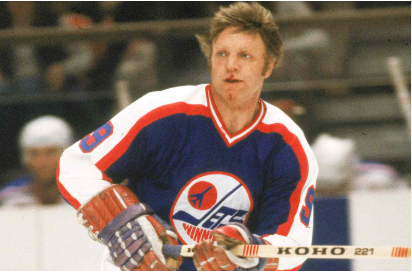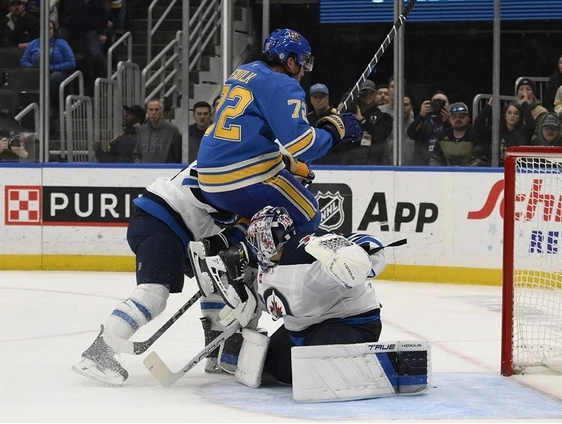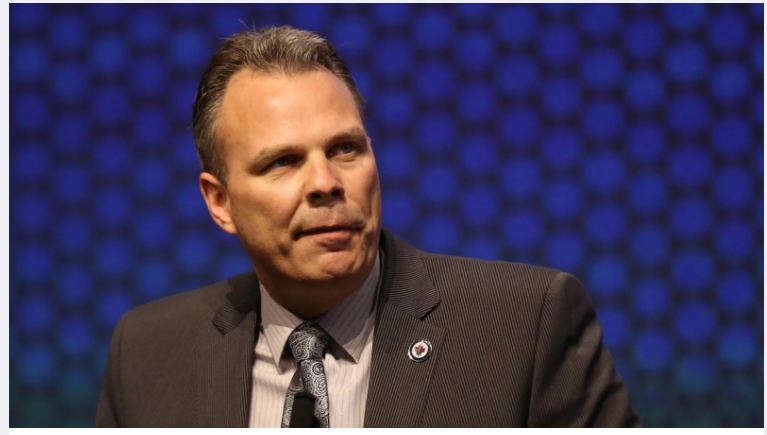The hockey world was shaken this week by the revelation that Bobby Hull, the legendary “Golden Jet,” was diagnosed with chronic traumatic encephalopathy (CTE) after his death. The diagnosis, confirmed by Boston University’s CTE Center and announced by the Concussion Legacy Foundation, resonated even more deeply in Winnipeg, where Hull’s impact on the sport remains legendary.
Hull’s family had donated his brain for research following his passing in 2023 at the age of 84. His wife, Deborah, stated that he was determined to contribute to understanding the devastating disease, hoping to advance research for future generations.
For current Winnipeg Jets defenseman Haydn Fleury, the news hit close to home. Having suffered four concussions in his eight-year NHL career two of which ended his season Fleury is well aware of the risks. “This is our job, but we can’t play forever,” he said. “You want to be in the best shape possible for life after hockey.”
Fleury closely follows research on brain injuries and was particularly struck by a study released in December by Boston University’s CTE Center. The study, the largest of its kind, examined the brains of 77 deceased hockey players across all levels and found that more than half had CTE. Among the 28 former professionals studied, an alarming 27 were diagnosed with the disease including 18 of 19 who played in the NHL. Hull was among them.
The study also revealed that the risk of developing CTE increases by 34% with each additional year of play a statistic that unsettled Jets forward David Gustafsson. “That’s a scary number,” he admitted. Though he hopes that today’s improved helmets and stricter rules provide better protection, he acknowledges that the game was far more physical in Hull’s era. “Still, it’s a concerning stat.”
Hull was known for his scoring prowess rather than physical play, and he never wore a helmet though CTE isn’t limited to fighters or enforcers. Gustafsson, who suffered his first concussion this season during a fight with Boston’s Trent Frederic, understands the unpredictable nature of brain injuries. A punch to the jaw left him unconscious, proving that concussions can result from indirect impacts, like whiplash.
While he doesn’t dwell on the long-term consequences, Gustafsson prefers to stay informed. “I want to know what I’m getting into and what I can do to protect myself,” he said. “There’s a lot of new information out there that players can benefit from if they take the time to learn.”
Both Gustafsson and Fleury take precautions, including neck-strengthening exercises and supplements for brain health. Fleury, who has committed to these habits for life, also emphasizes the importance of taking concussions seriously. “You can’t see it like a broken bone,” he said. “Every concussion is different. Some guys bounce back quickly, others struggle for a long time. Hockey players are proud we don’t want to be sidelined. But you have to be smart.”
The culture surrounding concussions has changed dramatically since Hull’s playing days. Players no longer feel pressured to play through head injuries, and teams like the Jets now conduct extensive testing and scans to monitor brain health. In today’s NHL, hits to the head often result in suspensions, and players undergo digital head scans to ensure proper helmet fit.
Despite these advancements, NHL commissioner Gary Bettman has yet to acknowledge a definitive link between hockey and CTE—an ongoing controversy that advocacy groups like the Concussion Legacy Foundation are determined to challenge. “NHL families deserve to know that CTE can be a consequence of repeated head impacts in the game,” said Chris Nowinski, the foundation’s co-founder. “The NHL refuses to acknowledge this scientific truth, so we hope players at least educate themselves and play with informed consent.”
In Winnipeg, at least two Jets players are doing just that.
In Hull’s era, that awareness didn’t exist. Now, the man who helped put Manitoba on the professional hockey map stands as the most high-profile former NHLer diagnosed with CTE a stark reminder of the sport’s lingering dangers.





